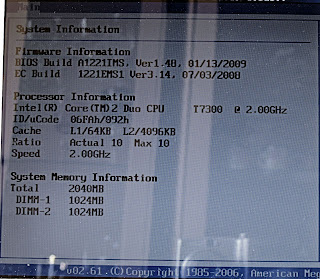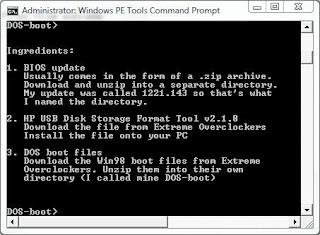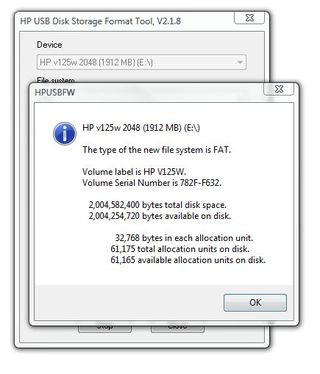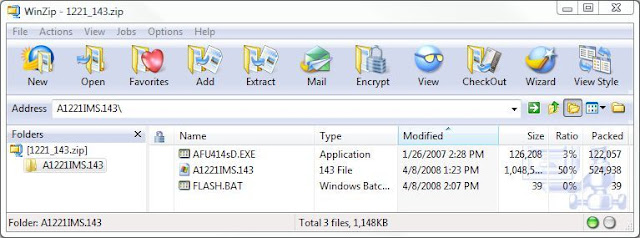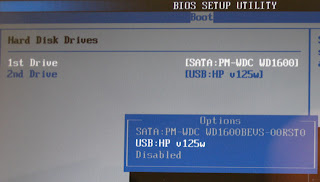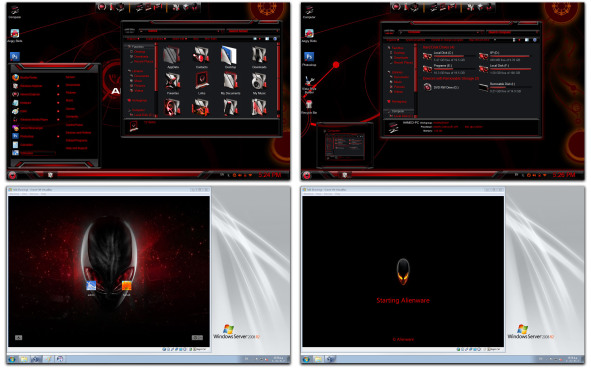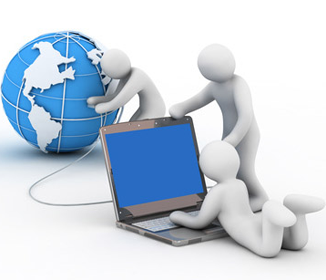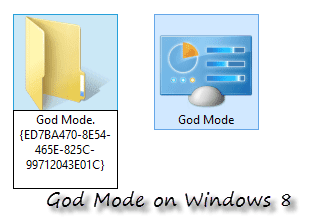Customize your tiles
Windows 8 tilesMake the most of your Windows Start screen tiles by adjusting the sizes, where they are located, and what is listed.


Below is a listing of keyboard shortcuts that use the keyboard function keys. See our what are F1 through F12 keys page for a full listing of what function keys do with all other programs.
Below is a listing of Windows keys that can be used on computers running a Microsoft Windows 95 or later and using a keyboard with a Windows key. In the below list of shortcuts, the Windows key is represented by "WINKEY" and because not all these shortcuts will work in all versions of Windows we've mentioned what versions of Windows support each Windows key shortcut key.

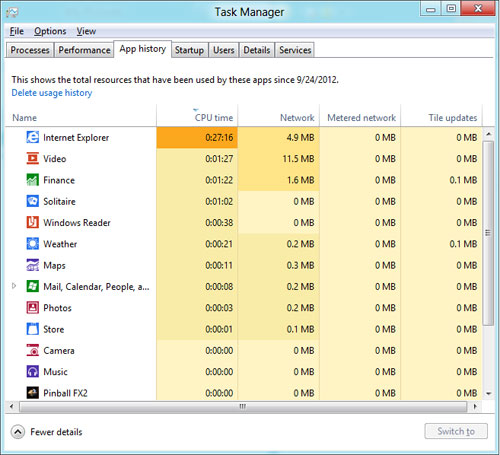
Windows 8 tilesMake the most of your Windows Start screen tiles by adjusting the sizes, where they are located, and what is listed.


- Move any tile by clicking and dragging the tile. While moving a tile, if you need a larger view of the Start screen move the tile towards the top or bottom of the screen to zoom out.
- Use your mouse wheel to scroll left-to-right through your tiles.
- Any Desktop shortcut or program can be pinned to the Start screen by right-clicking the icon and choosing Pin to Start.
- In the bottom right-hand corner of the start screen is a magnifying glass with tiles, click this icon to get a zoomed out view of your Start screen. In this view, if you right-click on a group of tiles you'll be given the option to name group, which can be useful if you have a group of related tiles (e.g. games). In this view, you can also click and drag a group to organize your tile groups.
- Create a new speed bump between tile groups by moving a tile to a speed bump.
- Resize any User tile or Live tile by right-clicking the tile and choosing resize.
- If there is a tile you want on your Taskbar, right-click the tile and choose Pin to taskbar.
- Show admin applications on the Start screen by clicking Settings in Charms, click Settings, and change the Show administrative tools from No to Yes.
- In Internet Explorer 10, you can also pin any of your favorite web pages to your Start Screen.
Windows 8 keyboard shortcuts
Knowing at least some of the Windows 8 keyboard shortcuts will make your Windows 8 experience much more enjoyable. Try to memorize these top Windows 8 shortcut keys.
- Press the Windows key to open the Start screen or switch to the Desktop (if open).
- Press the Windows key + D will open the Windows Desktop.
- Press the Windows key + . to pin and unpin Windows apps on the side of the screen.
- Press the Windows key + X to open the power user menu, which gives you access to many of the features most power users would want (e.g. Device Manager and Command Prompt).
- Press the Windows key + C to open the Charms.
- Press the Windows key + I to open the Settings, which is the same Settings found in Charms.
- Press and hold the Windows key + Tab to show open apps.
- Press the Windows key + Print screen to create a screen shot, which is automatically saved into your My Pictures folder.
Microsoft Windows shortcut keys
Below is a listing of all the major Windows shortcut keys for all versions of Microsoft Windows. If you're looking for shortcut keys for Windows programs see our other computer keyboard shortcuts.
General Windows keyboard shortcuts
Windows function key shortcuts
Windows keyboard key shortcuts
How to navigate Windows using a keyboard
Other computer keyboard shortcuts
Windows function key shortcuts
Windows keyboard key shortcuts
How to navigate Windows using a keyboard
Other computer keyboard shortcuts
General Windows keyboard shortcuts
Alt + Tab
Switch between open applications in all versions of Windows. Reverse the direction by pressing Alt + Shift + Tab at the same time.
Ctrl + Tab
Switches between program groups, tabs, or document windows in applications that support this feature. Reverse the direction by pressing Ctrl + Shift + Tab at the same time.
Alt + double-click
Display the properties of the object you double-click on in Windows 95 and later. For example, doing this on a file would display its properties.
Alt + Print Screen
Create a screen shot only for the active program window in all versions of Windows. For example, if you opened the calculator and did this only the calculator window would be created as a screen shot. If just the Print Screen key is pressed the whole screen will be made into a screen shot.
Ctrl + Alt + Del
Open the Windows option screen for locking computer, switching user, Task Manager, etc. in later versions of Windows. Pressing Ctrl+Alt+Del multiple times will reboot the computer.
Ctrl + Shift + Esc
Immediately bring up the Windows Task Manager in Windows 2000 and later.
Ctrl + Esc
Open the Windows Start menu in most versions of Windows. In Windows 8 this will open the Start screen and in Windows 3.x this would bring up the Task Manager.
Alt + Esc
Switch between open applications on Taskbar in Windows 95 and later.
Alt + Space bar
Drops down the window control menu for the currently open Windows program in Windows 95 and later.
Alt + Enter
Opens properties window of selected icon or program in Windows 95 and later.
Alt + Space bar
Open the control menu for the current window open in all versions of Windows.
Shift + Del
Will delete any file or other object without throwing it into the Recycle Bin in Windows 95 and later.
Hold down the Shift key
When putting in an audio CD or other CD that uses Autoplay, holding down the Shift key will prevent that CD from playing.
Windows function key shortcuts
Below is a listing of keyboard shortcuts that use the keyboard function keys. See our what are F1 through F12 keys page for a full listing of what function keys do with all other programs.
F1
Activates help for current open application. If you're at the Windows Desktop, this will activate the help for Windows.
F2
Renames a highlighted icon, file, or folder in all versions of Windows.
F3
Starts find or search when at the Windows Desktop in all versions of Windows.
F4
In Windows 95 and later this opens the drive selection or address bar when browsing files in Windows Explorer.
- Pressing Alt + F4 closes the current open program window without a prompt in all versions of Windows.
- Pressing Ctrl + F4 closes the open window within the current active window in Microsoft Windows. This will only work in programs that support multiple windows or tabs in the same program window.
F6
While in Windows Explorer, this will move the cursor to different Windows Explorer pane or in Windows 7 browse available drives.
F8
Pressing F8 over and over as the computer is booting will start the computer in Safe Mode.
F10
Activates the File menu bar in all versions of Windows.
- Simulates a right-click on selected item. This is useful if right-click is difficult or impossible using the mouse.
Windows keyboard key shortcuts
Below is a listing of Windows keys that can be used on computers running a Microsoft Windows 95 or later and using a keyboard with a Windows key. In the below list of shortcuts, the Windows key is represented by "WINKEY" and because not all these shortcuts will work in all versions of Windows we've mentioned what versions of Windows support each Windows key shortcut key.
All versions of Windows
WINKEY
Pressing the Windows key alone will open or hide the Windows Start menu. In Windows 8, this will open or hide the Start screen.
WINKEY + F1
Open the Microsoft Windows help and support center.
WINKEY + Pause / Break key
Open the System Properties window.
WINKEY + D
Opens the Desktop to the top of all other windows.
WINKEY + E
Open Microsoft Windows Explorer.
WINKEY + F
Display the Windows Search or Find feature.
WINKEY + Ctrl + F
Display the search for computers window.
WINKEY + L
Lock the computer and switch users if needed (Windows XP and above only).
WINKEY + M
Minimizes all windows.
WINKEY + Shift + M
Undo the minimize done by WINKEY + M and WINKEY + D.
WINKEY + R
Open the run window.
WINKEY + U
Open Utility Manager or the Ease of Access Center.
Windows XP only
WINKEY + Tab
Cycle through open programs through the Taskbar.
Windows 7 and 8 only
WINKEY + 1-0
Pressing the Windows key and any of the top row number keys from 1 to 0 will open the program corresponding to the number of icon on the Taskbar. For example, if the first icon on the Taskbar was Internet Explorer pressing WINKEY + 1 would open that program or switch to it if already open.
WINKEY + (Plus (+) or Minus (-))
Open Windows Magnifier and zoom in with the plus symbol (+) and zoom out with the minus symbol (-).
- Press the WINKEY + ESC to close the Magnifier
WINKEY + Home
Minimize all windows except the active window.
WINKEY + P
Change between the monitor and projection display types or how second screen displays computer screen.
WINKEY + T
Set the focus on the Taskbar icons
WINKEY + Left arrow
Shrinks the window to 1/2 screen on the left side for side by side viewing.
WINKEY + Right arrow
Shrinks the window to 1/2 screen on the right side for side by side viewing.
WINKEY + Up arrow
When in the side by side viewing mode, this shortcut takes the screen back to full size.
WINKEY + Down arrow
Minimizes the screen. Also, when in the side by side viewing mode, this shortcut takes the screen back to a minimized size.
Windows 8 only
WINKEY + ,
Peek at the Windows Desktop.
WINKEY + .
Snap a Windows App to the sides of the screen. Pressing it multiple times will switch between the right and left-hand side of the screen or unsnap the app.
WINKEY + Enter
Open Windows Narrator
WINKEY + C
Open the Charms.
WINKEY + G
Cycle through Desktop gadgets.
WINKEY + H
Open Share in Charms.
WINKEY + I
Open the Settings in Charms.
WINKEY + J
Switch between snapped apps.
WINKEY + K
Open Devices in Charms.
WINKEY + O
Lock the screen orientation.
WINKEY + X
Open the power user menu, which gives you access to many of the features most power users would want to use such as Device Manager, Control Panel, Event Viewer, Command Prompt, and much more.
Know your hot corners
The corners on your screen are hot corners and give you access to different Windows features. Below, is a brief explanation of each of these corners.
Bottom Left-hand corner
The bottom left-hand hot corner of the screen will allow you to access the Start screen, if you're in the Start screen and have the Desktop open, this corner will open the Desktop from the Start screen.
Tip: Right-clicking in the left hand corner will open the power user menu.
Top-left corner of the screen
Moving the mouse to the top-left corner and then down will display all the apps running on the computer. Clicking and dragging any of these apps to the left or right-hand side of the screen will snap that app to that side of the screen. Each of these open app icons can also be right-clicked to close or snap.
Right-hand side of the screen
On the full right-hand side of the screen will be given access to the Windows Charms.
Taking advantage of search
The Search in Windows 8 has been significantly improved when compared to all previous versions of Windows. To search for a file or run a program in Windows 8 from the Start screen just start typing what you're trying to find or want to run.
As you begin typing, the results will start appearing on the left-hand side. In addition to being able to search for files and run programs, the Search also supports limiting the search to apps such as Finance, People, Maps, Photos, Mail, Music, Videos, Weather, and much more. If what you are searching for is not a file or program, click on the app you wish to use as the search. For example, if you were searching for "New York" and selected the Weather App you would be shown the weather in New York, NY.
By default, Search organizes the available Apps by how frequently they are used and then in alphabetical order. If you want to keep your favorite app at the top of the Search list, right-click the app and choose Pin. Pinning the app will lock it in place regardless of how often it is used. If there is an app you don't want (e.g. Finance) you can turn on and off any of the search apps through the PC settings, which is found under the Settings in the Charms.
Bonus tip: The Search is also found through Charms and can also be opened by pressing Windows key + F.
Running two apps side by side
Any app can be pinned to the left or right-hand side of the screen. For example, open the People app and then press the Windows Key + . (period) to move that app to the right-hand side of the screen, pressing the same keys again will move it to the left-hand side, and pressing the same keys again will make it full screen. While an app is pinned, any other app or program can be opened and loaded into the available space on the screen. For example, in the below picture, we've opened a browser window and have the People app running to monitor our social networks.

Any open app can also be pinned using your mouse by clicking at the top of the tile and dragging it to the left or right-hand side of the screen.
Bonus tip: The Desktop can also be pinned to the left or right-hand side of the screen.
Note: In order for snap to work properly your resolution must be at least 1,366 x 768.
Windows 8 Task Manager
The Windows 8 Task Manager has been significantly improved over previous versions of Windows. Some of the new changes include showing a total percent usage at the top of your Processes, which makes it easier to determine total memory and CPU usage, improved Performance graphs, a Startup tab to see startup processes and their impact to system performance, and the App history tab (as shown below) that gives you the total resources an app has used over a period of time. Press
Ctrl + Shift + Esc to start exploring the new Task Manager.

Use a picture password to log into your computer
Windows 8 includes a new feature called Picture password, which allows you to authenticate with the computer using a series of gestures that include circles, straight lines, and taps. Enable this feature if you want a new way to access your computer or have a hard time with passwords.
- Open the Windows Charms.
- Click Settings and then More PC settings
- In the PC settings window click Users and then select Create a picture password
Bonus tip: A four digit pin password can also be created and used to access your computer.

